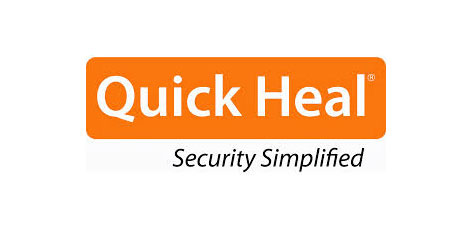No. of views : (3525)
More about ransomware
Posted on: 11/Jun/2016 6:11:08 PM

The Internet allows people to connect to different website, online services and social media. Through this, many are waiting to find victims who will fall for scams, malware and viruses. These people can easily attack you and achieve their end result, money, through advertisements, data theft or simple hijacking. Most often, these people use advertisements on low quality and porn websites. Clicking on the advertisement will take you to another website that automatically downloads apps and malware to your device.
The number one rule to protect yourself is to not visit or clock on anything that is too tempting or remotely suspicious. You must also install an anti virus software to safeguard your device. One such software is Quick Heal. This focuses on security and highlights how ransomware gets into your system and hijack your privacy.
The IRCTC website was recently hacked and there was lakhs of data theft using ransomware. Malware is dreaded by the best of security providers. Worse of all is that they have multiple versions that keep manifesting themselves on a daily basis making data on both personal and corporate networks highly susceptible to attacks.
So what exactly is ransomeware? Ransomware locks the infested computer screen and makes it completely inaccessible by the user. It can also encrypt the infected computer�s files. Which means that it converts the files into an unreadable form, that can only be read with the help of a key. The hackers, then, demand a ransom from the victim to regain access to the files or the computer. They usually threaten to delete the files if the ransom is not paid.
But how does ransomware get onto your computer or device? A ransomware can infiltrate your device through several ways. these include visits gan infected website, using an infected USB drive, Clicking on a malicious link, Opening an infected email attachment or through unmatched security vulnerabilities.
How do antivirus or anti ransomeware softwares help? Software like Quick Heals�s anti ransomware feature works on a proactive detection method that stops ransomware from encrypting any data. For example, lets say that the hacker sends an email loaded with ransomware to the targeted victim. The user receives the email that says, Dear User, please download attachment to versify your account details. User then clicks on the attachment. At this point, the anti ransomware software begins scanning the malicious file, and runs a behaviour analysis on it. It will want the user about the infection and recommend that the user delete the file.
Post your requirement - We will connect with the right vendor or service provider








